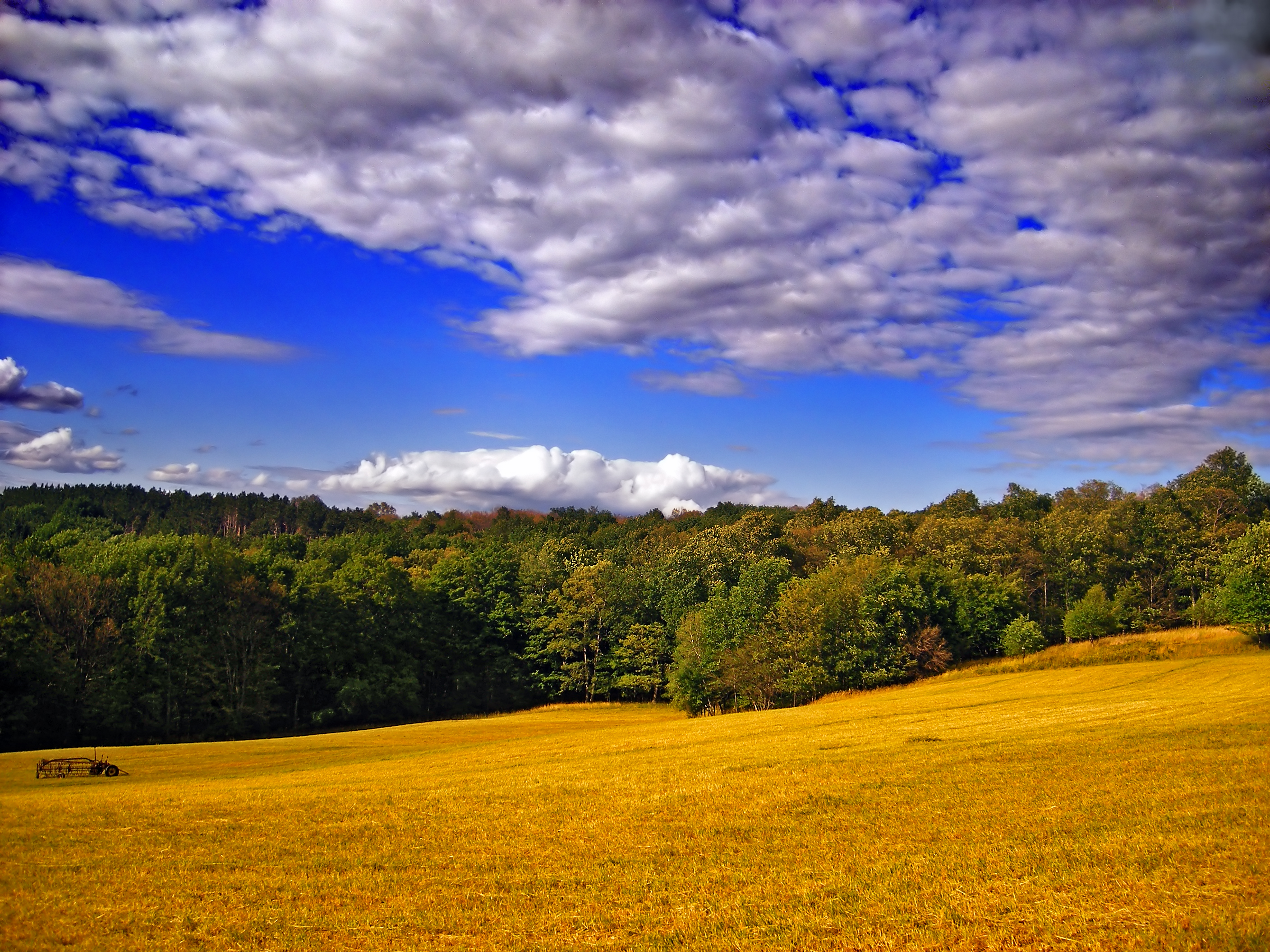In ecology, edge effects refer to the changes in population or community structures that occur at the boundary of two habitats. Areas with small habitat fragments exhibit especially pronounced edge effects that may extend throughout the patch. As the edge effects increase, the boundary habitat will allow for greater biodiversity.

There are several type of edges.
Inherent - long-term natural features underline the adjoining vegetation making them stable and permanent
Induced - resulting from natural disturbances or human related activities, they are subject to successional changes over time
Narrow - straight, sharp, and abrupt (forest and agricultural field)
Wide (ecotone) - distance between border and point where physical conditions and vegetation do not differ from interior of patch
Convoluted - has curves, not a straight line
Perforated - not a solid border, has gaps
Height can create borders between patches as well
Environmental conditions enable certain species of plants and animals to colonize on the borders. Plants that colonize tend to be shade-intolerant and tolerable of dry conditions, such as shrubs and vines. Animals that colonize tend to be those that require two or more habitats such as white-tailed and mule deer, elk, cottontail rabbits, blue jays, and robins. Some animals may travel between habitats, while edge species are those that are restricted to the edge. Larger patches include more individuals and therefore have increased biodiversity. The wideness of the patch also influences diversity; therefore, a patch must be deeper than its border in order to develop interior conditions.
The advantageous effects of contacting habitats are mostly seen in the increased biodiversity. These new habitats are able to support plant and animal life from the adjacent communities. The area's biodiversity is shaped and influenced by the new species. Animals travelling between communities can create travel lanes along borders, which in turn increases the availability of light to the plants along the lanes and promotes primary production. For example, as more light reaches the plants, greater numbers of plants can be supported. This, then, can increase numbers of herbivorous insects, followed by nesting birds, and finally, nest predators.
The width of the border can sometimes yield disadvantages to the habitat and biodiversity. In the case of wide and/or overgrown borders, some species can become restricted to one area even if they have the ability to inhabit the other. Sometimes, the edge effects result in abiotic and biotic conditions which diminish the natural variation and threaten the original ecosystem. Detrimental edge effects are also seen in the physical and chemical conditions of the border species. For instance, fertilizer from an agricultural field could run off into a bordering forest and contaminate the habitat. The three factors affecting edges can be summarized:
Abiotic effect – involving changes in the environmental conditions that result from the proximity to a structurally dissimilar matrix
Direct biological effects – involves changes in the abundance and distribution of species caused directly by the physical conditions near the edge
Indirect biological effects which involve changes in species interactions such as predation, brood parasitism, competition, herbivory, and biotic pollination and seed dispersal.
Human interference has induced edge effects through development and agriculture. Often, the changes are detrimental to both the size of the habitat and to the species. A few examples of human impacts are:
Introduction of invasive exotic vegetation
Higher severity and frequency of fires
Companion animals acting as predators and competitors
Use of and creating trails
Introduction of exotic animals
Pollution, erosion
Loss of foraging habitats
The amount of forest edge is also orders of magnitude greater now in the United States than when the Europeans first began settling North America. Some species have benefited from this fact, for example, the Brown-headed Cowbird, which is a brood parasite that lays its eggs in the nests of songbirds nesting in forest near the forest boundary. Another example of a species benefiting from the proliferation of forest edge is poison ivy. Dragonflies eat mosquitoes, but have a more difficult time than mosquitoes do at surviving around the edges of human habitation. Thus, trails and hiking areas near human settlements often have more mosquitoes than do deep forest habitats. Grasses, huckleberries, flowering currants and shade-intolerant trees such as the Douglas-fir all do well in edge habitats. In the case of developed lands juxtaposed to wild lands, problems with invasive exotics often result. Species such as Kudzu, Japanese Honeysuckle and Multi flora Rose have done damage to localized natural ecosystems. Beneficially, the open spots and edges provide places for species that thrive where there is more light and vegetation that is close to the ground. Deer and elk benefit particularly as their principal diet is that of grass and shrubs which are only found on the edges of forested areas.
Edge effects also apply to succession, which is where vegetation is spreading outwards rather than being encroached upon. Here different species will be more suited to the edges or central sections of the vegetation, resulting in a varied distribution. Edges themselves also vary with orientation - for example edges on the north or south will receive less or more sun than the opposite side (depending on hemisphere), resulting in differing vegetation patterns.
All that said, use what you have learned to get the correct coordinates. Just answer the following questions.
One of these species does not benefit from the edge effect. That one is the north coordinate.
Brown-headed Cowbird (N 42 04.997)
Douglas-fir (N 42 05.369)
Dragonflies (N 42 05.299)
Cottontail rabbits (N 42 06.110)
One of these is not a type of edge. That one is the west coordinate.
Invisible (W 088 23.645)
Narrow (W 088 22.731)
Convoluted (W 088 23.344)
Induced (W 089 15.121)
Now that you have the coords, go get it. Have fun and be safe. Congrats to mgbmusic on the FTF!!
